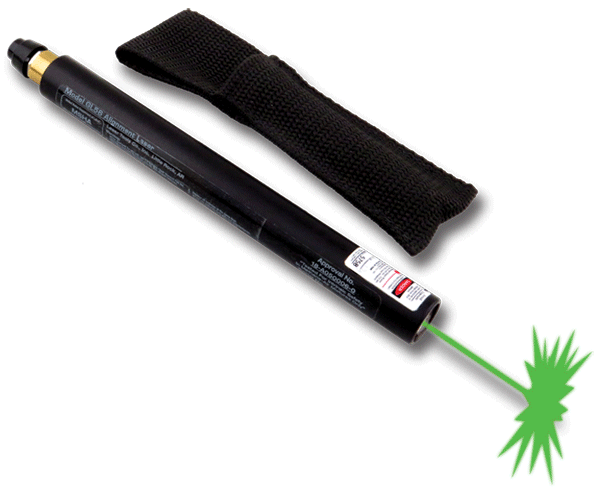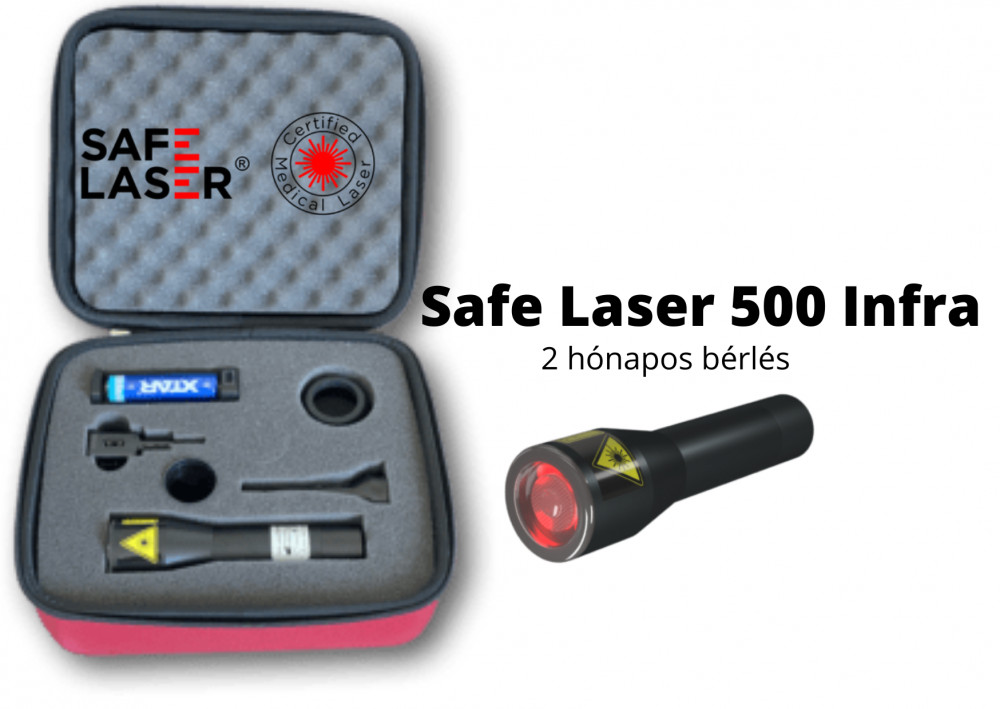Best Reasons On Picking A Safe Laser Device
Wiki Article
What Are The Benefits Of A Safe Low-Level Treatment For Dental Issues?
Reduced Inflammation - LLLT reduces inflammation by stopping the release of pro-inflammatory cytokines. It also promotes the production of anti-inflammatory mediators. LLLT has anti-inflammatory effects for conditions like gingivitis and periodontitis. This could result in better gum health.
LLLT can speed up the process of tissue regeneration. It stimulates cellular growth and metabolism. LLLT is useful in dental procedures like periodontal surgery and oral surgery. It can enhance wound healing, lessen discomfort following the procedure and accelerate tissue regeneration.
Pain Relief - LLLT assists in reducing post-operative pain, sensitivity, and discomfort.
Disinfection - LLLT's antimicrobial capabilities will reduce the burden of bacteria within the mouth. It can also be used as an adjuvant therapy for treating oral infections. This can include oral ulcers, peri-implantitis and oral ulcers.
Treatment of Temporomandibular Joint (TMJ). LLT can be used to lessen tension in muscles, inflammation and jaw pain. It also assists by making popping and clicking sounds and restricted movement.
Oral Mucositis Reduction- LLLT was proven to reduce the extent of mucositis in the oral cavity. Oral mucositis is an adverse consequence that is often seen during radiation therapy and chemotherapy for cancer patients. It can alleviate pain, and aid in healing of oral mucosal lesion.
The development of healthy tissues in the gingivalThe growth of healthy gingival tissues LLLT has been shown to stimulate the proliferation of gingival fibroblasts, and encourage the growth of healthy gingival tissue. This can help in the treatment gingival retraction or to aid in the attachment of gingival tissues on dental implants.
A safe Laser low-level therapy promotes faster healing as well as pain relief. It is important to consult a dentist specialist for a an accurate diagnosis and treatment suggestions before using LLLT to treat dental issues. View the best safe laser 500 for website tips including lágy lézer kezelés, otthoni lézer kezelés, safe laser használata, gyógyító lézer készülékek, lágylézer készülékek, lágylézer kezelés árak, lágylézer ár, lágylézer bérlés, lagy lezer, lágy lézer kezelés and more.

How Can Safe Low-Level Laser Therapy (Lllt) Which Is Also Referred To As Laser Low Level Therapy Be Used To Treat Throat Ailments?
Safe Laser Low-Level Laser Therapy (LLLT) is a low-level laser that can be utilized to treat a range of throat disorders. LLLT may help reduce swelling and pain in cases like pharyngitis and tonsillitis.
LLLT provides relief from throat pain by relieving discomfort and pain.
Improved Tissue Healing LLLT increases cellular metabolism and proliferation, leading to accelerated healing and regeneration of tissues. LLLT helps promote quicker healing of conditions such as vocal cord injury or throat ulcers. This lowers the risk of complications, as well as improving the overall health of the throat.
Improved Blood Circulation LLLT increases vasodilation, microcirculation and blood flow into throat tissues. Improved circulation can deliver nutrients and oxygen directly to tissues that are inflamed and lessen inflammation.
LLLT helps reduce swelling in the throat tissues by lymphatic drainage. This can be particularly beneficial for individuals with conditions such as laryngitis or post-operative throat swelling.
Management of Voice Disorders - LLLT can improve the quality of your voice and decrease symptoms like hoarseness, vocal fatigue or. Through encouraging tissue healing and reducing inflammation in the vocal cords LLLT helps to restore vocal function and alleviate voice-related symptoms.
Safe Laser low-level laser therapy can be a non-drug, non-invasive way to manage different throat ailments. It can offer relief from symptoms such as inflammation, pain and difficulty swallowing. Consult a doctor for an assessment and treatment suggestions before using LLLT. See the top safe laser 500 ár for website examples including lézeres fájdalomcsillapítás, lézer bérlés, lágylézer hatása, laser lézer, lagy lezer, lágy lézer, lágylézer vásárlás, lezer kezeles, lágylézer kezelés, lágylézer kezelés budapest and more.

How Long Before A Safe Laser Device Takes Effect For Ear Nose And Throat Problems?
Safe Laser's low-level therapy (LLLT), which can be used to treat ENT ailments, may have various results, based on the specific condition being treated. Other factors are the seriousness of the condition and the patient's response treatment. In general, a sequence of LLLT over a specified time is recommended in order to achieve optimal outcomes.
The severity and type of ENT conditions can impact the number of LLLT treatments needed. Conditions like tonsillitis and laryngitis require a different treatment method and different LLLT sessions.
Individual Response To Treatment- A person's overall health, immunity and healing capabilities can all influence their response to LLLT. Certain patients might respond faster to treatment and experience quicker improvement in symptoms, while others may require more time for treatment.
Treatment Protocol - The treatment plan that is recommended by an ENT specialist plays an important role in determining the number and frequency of LLLT sessions for ENT issues. Healthcare providers can create customized treatment plans for each patient. This may include scheduling LLLT at different times throughout the week or at predetermined intervals.
Acute vs. Chronic Conditions - The distinction between acute and chronic conditions can impact the number of LLLT sessions required. Acute conditions, such as acute sinusitis, acute pharyngitis, or acute pharyngitis might require fewer sessions for relief. Chronic conditions could require more sessions.
Some individuals may notice improvements in their ENT condition after just a few LLLT treatments, whereas others might require more sessions to see the best outcomes. If you are looking to obtain the best outcomes from LLLT, you should adhere to the guidelines of the ENT specialist. Participate in every scheduled LLLT treatment sessions. Additionally, ongoing monitoring of symptoms and communicating with an ENT physician are important to ensure appropriate management and adjustments to treatment plans as needed.